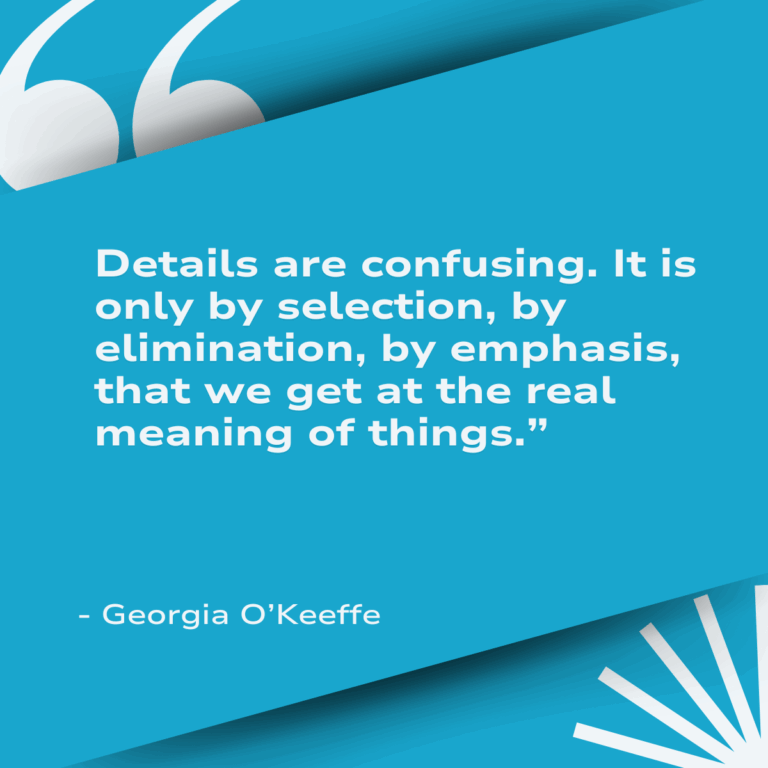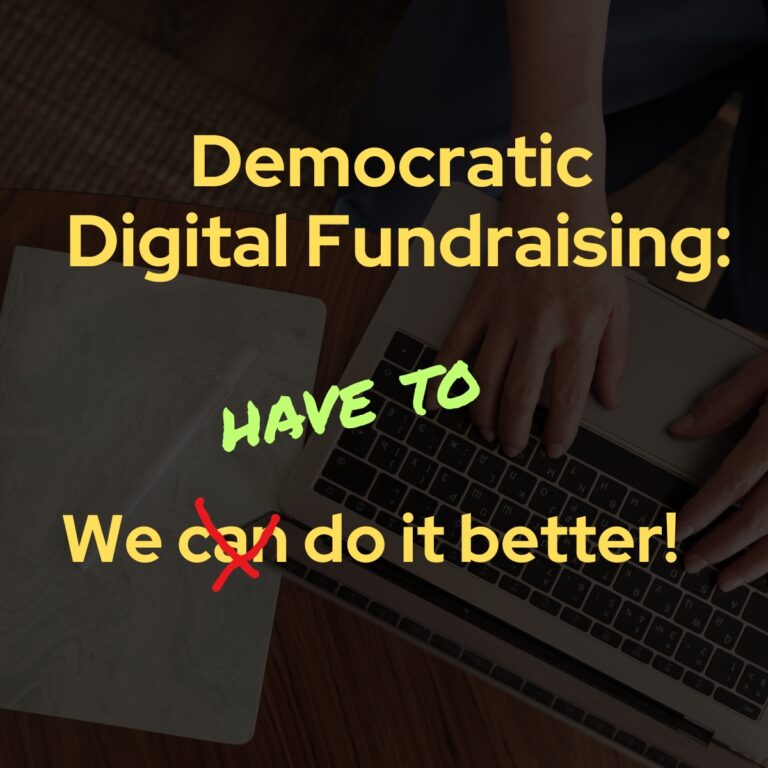Brand Identity and Personal Identity: A Powerful Connection
Brand matters. The more you speak in language reflecting your cause’s unique voice, values and organizational stance, the more persuasive you will be.
But as important as brand is, your audience cares way more about their personal identity than your brand identity.
At root, a strong nonprofit message isn’t an update on your group’s work with a few requests for help thrown in.
It is an emotional argument for the reader to take an action that reflects and deepens their own personal identity. People strive to act in ways that make them proud of who they are and that demonstrate how faithfully they act on their beliefs.
If I’m an ACLU donor, that might be an identity as a never-back-down advocate for the things I believe in. For a Doctors Without Borders supporter, it might be my sense of myself as a compassionate person who refuses to ignore the urgent needs of people half a world away. For an ASPCA donor, it might be my view of myself as a dog lover willing to do whatever it takes to protect animals.
What’s powerful in all of these examples is the connection they forge between the group’s organizational identity and the donor’s personal identity. Persuasive messaging lives at that intersection.
The most compelling fundraising appeals of 2024 won’t focus solely on making the case for an organization’s work. They will center on arguing how support for that work can affirm and reinforce peoples’ sense of themselves and their role in the world. That entails a lot more than simply making sure the word “you” appears frequently in your message.
Taking Action versus Expressing Identity
In his latest book Magic Words: What to Say to Get Your Way, Wharton School marketing expert Jonah Berger draws a powerful distinction between simply asking someone to take an action and inviting them to express their personal identity.
He notes the difference with a simple example: “Imagine I told you about two people. Rebecca and Fred. Rebecca goes running, and Fred is a runner. Who do you think likes running more.”
Berger cites research that shifting from asking people to “vote” to asking them to “be a voter” increased turnout by 15%. And, in a negative frame, “rather than saying ‘Don’t cheat,’ saying ‘Don’t be a cheater’ halved the amount of cheating.”
That’s because taking action is a temporary step. But embracing an identity represents a more permanent, deeper commitment.
Here are a few ways we can act on that distinction and make our 2024 messages more persuasive.

- Emphasize actions as expressions of identity. When we position something in terms of influencing a person’s identity, it has more weight. Taking action is something you do in the moment. Expressing your identity is deeper, it’s about who you are in the long run.
- Ask people “Who are you going to be in 2024?” not just “What are you going to do?”
- Remember whose journey it is. You’re not communicating simply to tell people about the arc of your work. You are telling them how participating in that work can fit into their personal quest for emotional engagement and impact.
- Map your supporters’ emotional journey. Don’t just map out how different donor groups will be contacted and treated. Pay attention to the emotional journey you are helping each cohort embark on.
- Remember that a journey involves movement. Connect your supporters’ journey to the narrative arc of your work. Focus their attention and energy on “what’s next.” It’s next to impossible to retain emotional engagement if you keep putting the same basic proposition in front of people over and over.









Such great points you bring up. I just finished Atomic Habits and the author James Clear also ties success in forming new habits to connecting those habits to a person’s identity. Wild that it hadn’t occurred to me to apply this to donor habits as well. Thanks for sharing.